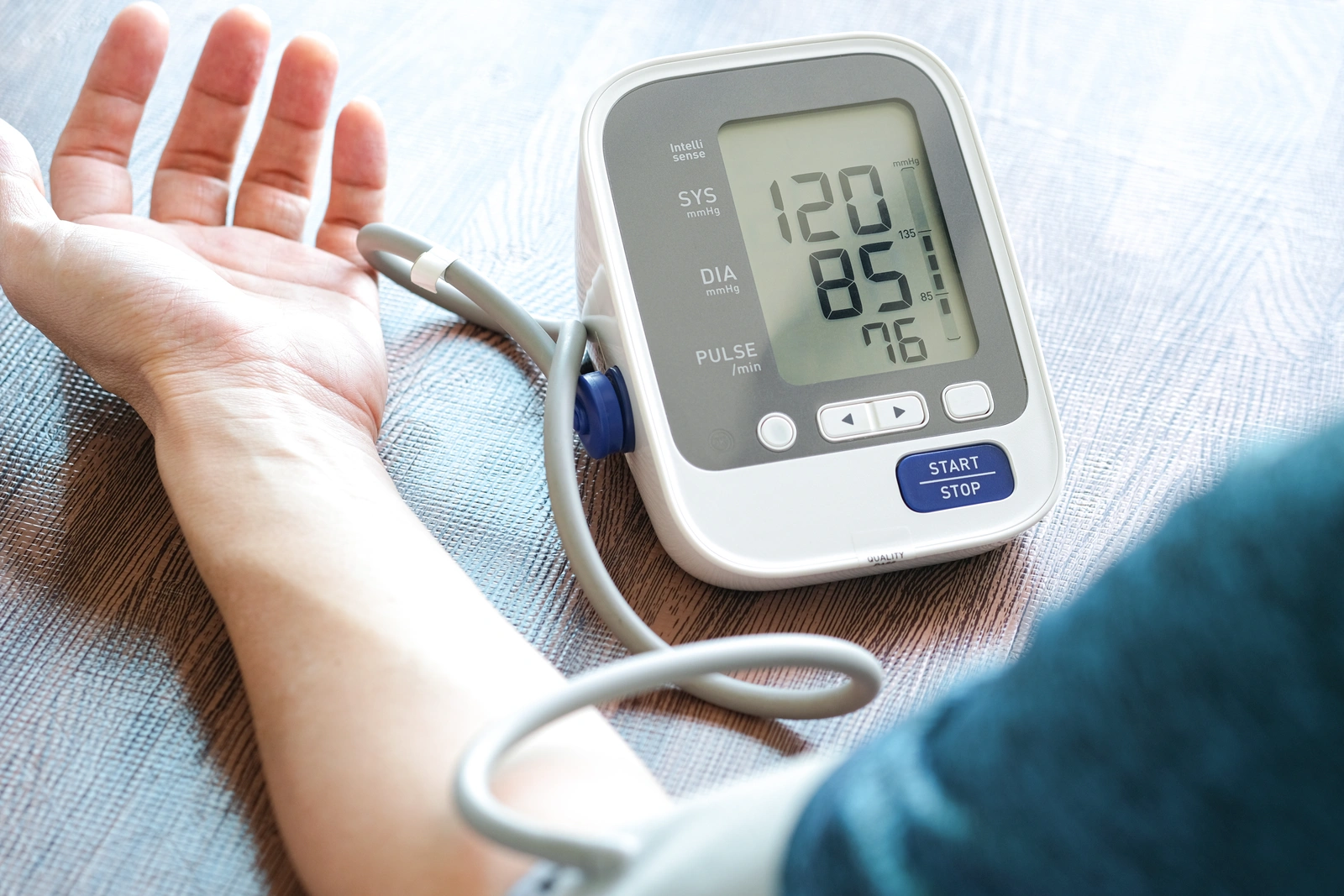Everything You Need To Know About Adderall’s Long-Term Effects

Long-term side effects of Adderall use include increased risk for misuse and abuse, increased tolerance and dependency, potential for developing cardiovascular problems, and weight loss. When taking Adderall for an extended time, you should work closely with your healthcare provider to monitor for any long-term side effects. Being aware of the long-term risks of Adderall use allows you to self-monitor and discuss any concerns you observe with your medical provider.
Key Points
- Adderall is a Schedule II controlled substance due to its high potential for misuse and abuse.
- Misusing and abusing Adderall can result in overdose and death.
- Adderall can cause an increase in heart rate and blood pressure. Those with known cardiovascular problems should avoid taking Adderall.
- Adderall’s side effect of loss of appetite can lead to weight loss, which among children can result in growth suppression.
Basics about Adderall
Adderall is a stimulant medication used to treat attention deficit hyperactivity disorder and narcolepsy. It contains two drugs, amphetamine and dextroamphetamine. It has potential side effects, often mild and briefly experienced as your body gets used to a new medication. However, there are serious side effects as well as long-term side effects you may experience if you take Adderall over an extended period.
Adderall is approved by the Food and Drug Administration (FDA) to treat ADHD and narcolepsy. Adderall is a central nervous system (CNS) stimulant that helps to improve attention, reduce restlessness, and improve concentration. It works by increasing the neurotransmitters dopamine, norepinephrine, and serotonin in the brain.[1]
Adderall’s effects are felt quickly after taking it, usually within 45-60 minutes.[2] Adderall comes in two forms: immediate-release tablets (IR) and extended-release tablets (XR). Adderall IR effects last for a shorter time, resulting in them needing to be taken multiple times a day, while Adderall XR lasts for 12 hours, resulting in them only being taken once a day.
Adderall’s Long-Term Effects
Adderall Misuse and Abuse
Long-term use of Adderall increases the risk of becoming dependent on it or misusing or abusing it. Adderall is a Schedule II controlled substance.[3] Schedule II controlled substances have been identified as having a high potential for misuse and abuse that can lead to developing a substance use disorder. The danger of misusing Adderall is that it can cause numerous serious side effects, including high heart rate, increased breathing rate, and increased blood pressure. Misuse or abuse of Adderall increases the risk of overdose and death.[4]
Misuse
Misuse of Adderall means taking it for reasons other than what it was prescribed but seeking its therapeutic benefits (ex., prescribed for treating ADHD symptoms but using it to stay awake to study) or taking a higher dose than what was prescribed (ex., The prescription is for 10 mg, but taking 20 mg without discussing with health care provider).
Abuse
Abuse of Adderall is intentionally taking the medication for a non-therapeutic reason to achieve a desired effect (ex., Taking Adderall as a weight loss pill or taking an excessive amount to feel a rush or high).
Overdose
Symptoms of central nervous system (CNS) stimulant overdose, including Adderall overdose, are [5]
- Cardiovascular problems: tachyarrhythmias (abnormal heart rhythm and high heart rate), hypertension (high blood pressure), and hypotension (low blood pressure). These can lead to other cardiovascular issues that result in sudden cardiac death.
- Central nervous system problems: confusion, hallucinations, seizures, serotonin syndrome, and coma.
- Life-threatening hyperthermia (body temperature rises to 104°F or higher) and rhabdomyolysis (breakdown of muscle tissues).
Dependence
Long-term Adderall use can result in becoming physically dependent. Physical dependence is the result of regular use of a drug that results in withdrawal symptoms when you try to stop taking the drug abruptly or reduce the dose significantly. If you have become physically dependent on Adderall, you should work closely with your healthcare provider to develop a process to wean off Adderall and reduce the likelihood of experiencing withdrawal symptoms.
Withdrawal
Withdrawal symptoms can occur when you stop taking Adderall cold turkey or reduce your dosage quickly. Adderall withdrawal symptoms include [6]
- Dysphoric mood
- Depression
- Fatigue
- Vivid, bad dreams
- Insomnia or hypersomnia
- Increased appetite
- Psychomotor agitation or retardation
Tolerance
Long-term use of Adderall can result in developing a tolerance to it. Tolerance is experiencing a reduced response to the same medication dosage and requiring a higher dose to achieve the same symptom management results previously achieved at a lower dose.
Cardiovascular Problems

Adderall can increase your blood pressure (for most people, this is only by two to four mm Hg) and heart rate (for most people, this is usually around three to six beats per minute). However, some people experience higher blood pressure and/or heart rate increases. Therefore, medical providers should monitor all Adderall-prescribed patients for tachycardia and hypertension.
It is particularly important to share with your healthcare provider if you have or have a family history of cardiovascular problems, including tachycardia, cardiac arrhythmia, cardiomyopathy, structural cardiac abnormalities, hypertension, coronary artery disease, or any other cardiac problems. There have been reports of sudden death among people taking the prescribed dose of a CNS stimulant for their ADHD but who had cardiac structural abnormalities or cardiac disease.[7]
Weight Loss and Growth Suppression
A few of Adderall’s common side effects include loss of appetite and stomach pain. Over long-term use, this could result in weight loss, which is a common misuse of Adderall and other stimulant medications among adults.[8] Among children, this can cause a lack of growth. Monitoring weight and height gain among children prescribed ADHD medications is important to ensure they meet developmental milestones. If they begin to be delayed, they and their parents should explore alternative medication or symptom management techniques with their healthcare provider. Weight loss among adult patients may be an indication of misuse of Adderall.
Potential Long-Term Effects of Adderall Use
Adderall is a common and frequently prescribed medication to treat ADHD and narcolepsy. While most people experience few side effects, serious and long-term side effects exist. The potential risks of long-term Adderall use include misuse and abuse, increased tolerance and dependency, potential for developing cardiovascular problems, and weight loss.
Adderall should only be taken as prescribed to avoid its misuse and abuse. Those most at risk for serious, life-threatening side effects are those with pre-existing cardiovascular problems. If you have a known cardiovascular problem or a family history of cardiovascular problems, you should not take Adderall without extensively discussing the risks and benefits with your healthcare provider.




